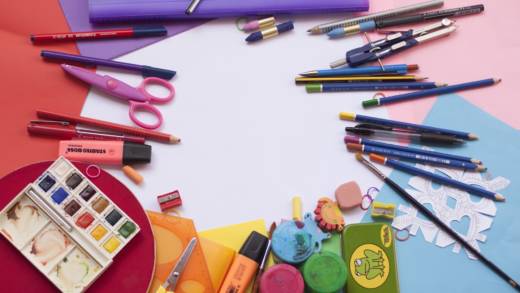Language teachers are known for scouring physical and virtual places for resources for their classes. We are quite lucky in way, really, because almost anything one could think of could become useful in our classes. So it’s not surprising that we are equally likely to also adapt educational tools that may have been created for a different grade level or subject area in order to enhance our students’ achievement.
Seesaw is one such tool.
Seesaw is an app and Web platform with a robust free version and additional features in their “Seesaw Plus” and “Seesaw School” versions. When I first looked at it, I was pretty sure it was designed for elementary school teachers. It’s a very easy, simple and uncluttered interface with limited use of print language. And very, very good features for building interactive digital portfolios. So, of course, I began using it in my high school French classes.
Seesaw allows teachers to create a folder for each student and even add other thematic folders that will appear inside each student’s folder. Once the folders are created, the students and the teacher can easily add a variety of content to their accounts in a digital platform. For example, once a teacher creates a class and adds the students, each student has a file or folder. The teacher can put content in the students’ folders, but the students themselves can also add content. What kind of content? More than I was expecting, including:
- Links
- Photos
- Videos
- Notes
- Drawings
- NEW!! File (including files from Google Drive)
Teachers and students can access the Seesaw app on their phones, as well as on Chromebooks and computers (as long as the computers have a webcam for the photo and/or video entries) by going to https://app.seesaw.me.
